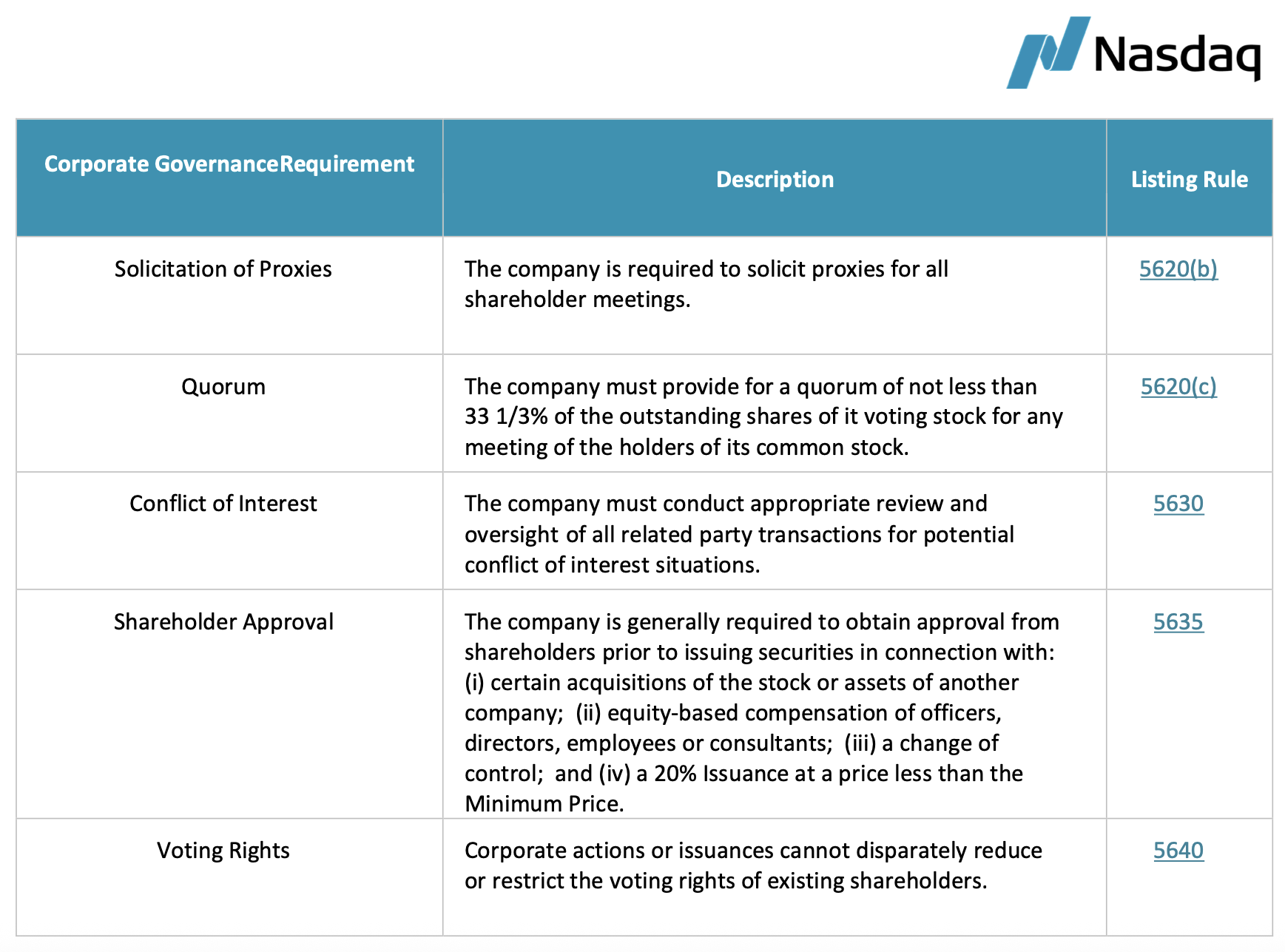Nasdaq’s Proposed $15M Float Could Make Shell Companies Costlier, Potentially Favoring Established Ethereum Treasury Firms
Contents
Nasdaq’s proposed listing rules raise the minimum public float to $15 million and accelerate delistings, which will increase costs for shell companies and raise entry barriers for smaller digital asset treasury (DAT) issuers while advantaging well-capitalized treasuries.
-
$15M minimum public float for new listings
-
Faster delisting for firms with compliance deficiencies or market values under $5M
-
$25M minimum public-offering proceeds for new listings principally operating in China; tighter governance and higher mNAV premiums expected
Nasdaq proposed listing rules raise the minimum public float to $15M, reshaping digital asset treasuries; read analysis, implications for DATs, and recommended issuer actions.
Nasdaq’s proposed listing rules may give established digital asset treasury firms an edge, while raising new barriers for smaller players looking to incorporate cryptocurrencies into their balance sheets.
What are Nasdaq’s proposed listing rules and how will they affect digital asset treasuries?
Nasdaq’s proposed listing rules would lift the minimum public float to $15 million and accelerate delisting for companies that fall below compliance or market-value thresholds. These changes are likely to favor well-managed digital asset treasury (DAT) firms by increasing costs for shell companies and concentrating liquidity in stronger issuers.
How does the $15 million minimum public float change impact shell companies and SPACs?
The $15 million floor makes acquiring a public shell or using a SPAC more expensive for issuers seeking to access public markets. This raises entry costs for smaller teams and could reduce the number of low-float vehicles used to seed digital asset treasuries. Expect a reduction in lower-quality entrants and a higher mNAV premium for reputable DATs.
Brandon Ferrick, general counsel at Web3 infrastructure firm Douro Labs, said the changes “are unlikely to hurt well-managed digital asset treasury firms” and predicted stronger names will trade at a premium as weaker firms are washed out. Ferrick’s comment was provided to a major industry publication as a sourced remark.

Nasdaq-listed companies’ corporate governance requirements. Source: Nasdaq
Why will delisting be accelerated and which firms are most at risk?
Nasdaq proposes faster delisting for firms with “compliance deficiencies” or a market value below $5 million. Firms with small market caps or weak governance—often newly public or cash-constrained issuers—are most vulnerable. DATs that rely on public shells with limited float face elevated risk of rapid removal from the exchange.
When do the $25 million proceeds requirements apply and what is the rationale?
The $25 million minimum public-offering proceeds rule targets new listings of companies principally operating in China. Nasdaq frames this as a governance and investor-protection measure, intended to ensure adequate capital and reduce opaque or high-risk listings tied to regional complexity.
Frequently Asked Questions
How will these rules change the market for digital asset treasuries (DATs)?
DATs with strong governance and larger public floats may capture greater investor demand and trade at mNAV premiums. Smaller DATs and those relying on low-cost shells will face higher capital requirements and faster removal risk, reducing market fragmentation.
Can issuers use alternative exchanges or remain private instead?
Issuers may consider alternative markets or extend private funding rounds, but larger exchanges offer liquidity and visibility that are difficult to replicate. The proposed rules will likely push weaker public entrants back toward private or alternative routes until capitalization improves.
Key Takeaways
- Higher minimum float: The $15M public float increases listing costs and reduces low-float entries.
- Faster delisting: Companies with compliance issues or market values under $5M face accelerated removal.
- Strategic actions for issuers: Audit capitalization, strengthen governance, and plan capital raises to remain compliant.
Conclusion
The proposed Nasdaq listing changes prioritize investor protection and market quality by raising the minimum public float and accelerating delisting. For digital asset treasuries, this means an environment that favors well-capitalized, transparent DATs and raises barriers for lower-quality shell-based listings. Issuers should prioritize capitalization, governance, and clear investor communication to adapt to the new standards and preserve market access.
Publication date: 2025-09-03. Updated: 2025-09-05. Author: COINOTAG. Sources: Nasdaq (public filings and listing center guidance), and industry commentary from Brandon Ferrick, general counsel at Douro Labs. Mention of related analysis: Magazine: How Ethereum treasury companies could spark ‘DeFi Summer 2.0’.
Comments
Yorumlar
Other Articles
Bitcoin Price Analysis: Will the Uptrend Continue?
1/11/2026
Ethereum 2.0 Update: How Will It Affect the Crypto Market?
1/10/2026
The Coming of Altcoin Season: Which Coins Will Stand Out?
1/9/2026
DeFi Protocols and Yield Farming Strategies
1/8/2026

